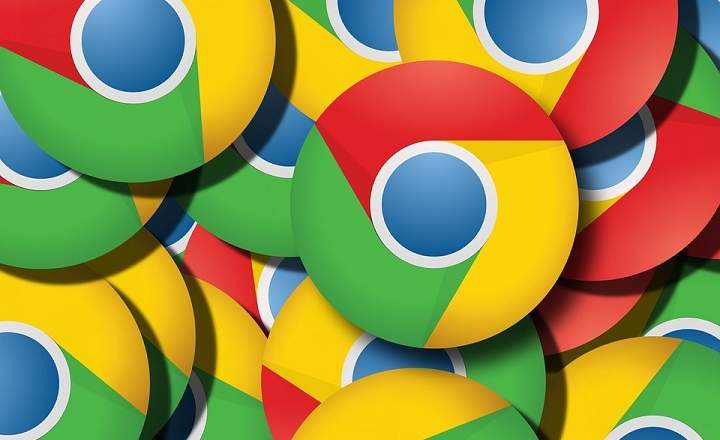
This is something that always attracts attention. You buy a smartphone with a storage space of 16GB and when you turn it on you realize that in reality it only has 12GB. The same happens with phones with 32 or 64GB, the real space that we can use is always less than advertised. What is really happening?
We have 3 causes to explain this mysterious drop in the real GB of a storage memory
Now we are talking about the internal memory of mobile phones, but this is something that also happens with any pendrive, SD card, hard disk or storage unit. Let's see what are the real reasons for this drop in gigabytes when push comes to shove ...
The operating system consumes storage space
It is evident that when we install a hard drive in our PC, or when we use a mobile phone or tablet, we need an operating system to be able to communicate with the device, use applications, etc.
Windows, Android, iOS, Linux and other systems without a doubt occupy their corresponding space on the hard disk or internal memory of the device. A space that we have to subtract from the global count of free GB available in our terminal. In some mobile phones, the simple fact of having the Android system installed can occupy up to 4GB - the normal thing is that it occupies much less, but the expense is there and it is worth taking into account-.
 This guy has other kinds of "storage problems"
This guy has other kinds of "storage problems"The difference between binary (real) calculation and decimal calculation
Generally, manufacturers of storage memories and hard drives use decimal calculation to express the capacity of their disks: 1GB = 1000MB. This is misleading, as operating systems such as Android, iOS or Windows use binary calculations to measure storage capacity: 1GB = 1024MB.
In this way, when doing the translation from decimal to binary, a few “virtual” GBs are lost along the way. So that we get an idea of the actual storage space we have to use the following conversion patterns:

On the left we have the decimal values (8GB, 16GB, 32GB and 64GB), and on the right, the same result in binary values. That is, the actual storage space. Things change, right?
NAND flash memory blocks also take up space that we cannot use
Mobile devices such as phones, tablets, and some laptops use NAND and eMMC flash memories as an internal storage medium. In the case of smartphones, the use of NAND flash memories reaches up to 99% of the total.
However, this is a small problem when it comes to storage. Due to their structure and construction, NAND memories cannot ensure the integrity of memory blocks. This results in the random generation of "corrupt" blocks, which occupy a storage space that cannot be used for any other purpose. What a disappointment, right?

As you can see, there are several causes that make the real space that we can use in a totally new phone, in a pendrive or a recently purchased external hard drive, is considerably reduced.
Personally, the one that bothers me the most is the colloquialism that manufacturers use to refer to gigs or GB. It is a way of taking advantage of language to make the user believe that he is buying something of greater capacity, when he really is not. 1GB will never be 1000 megabytes, whatever they are.
By the way, if you want free up some internal space on Android moving some apps to the SD card, take a look at this post. It's interesting to say enough!
You have Telegram installed? Receive the best post of each day on our channel. Or if you prefer, find out everything from our Facebook page.
